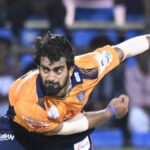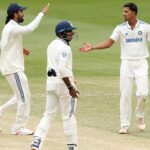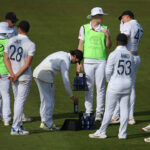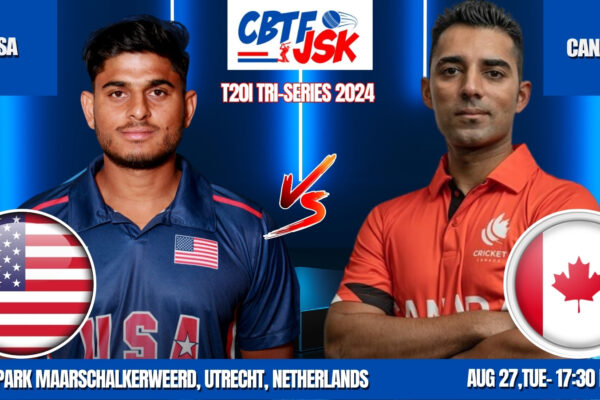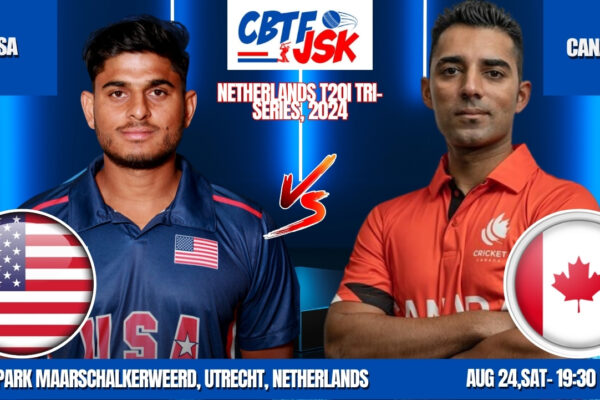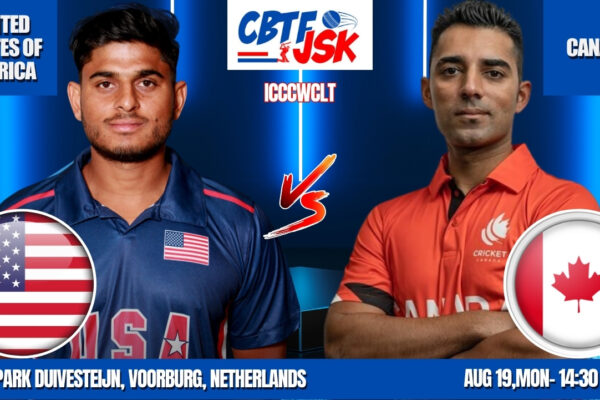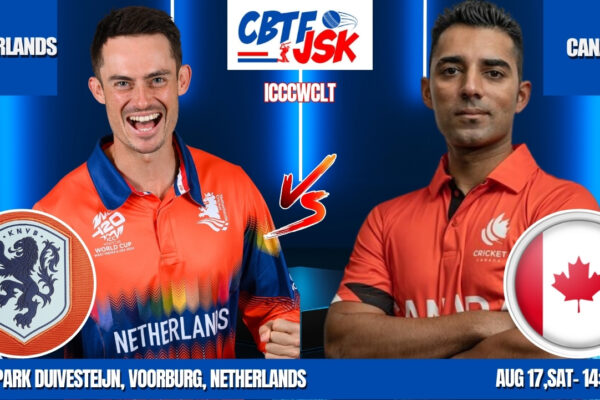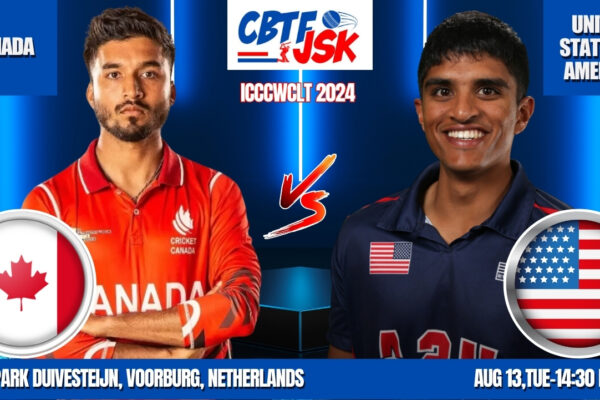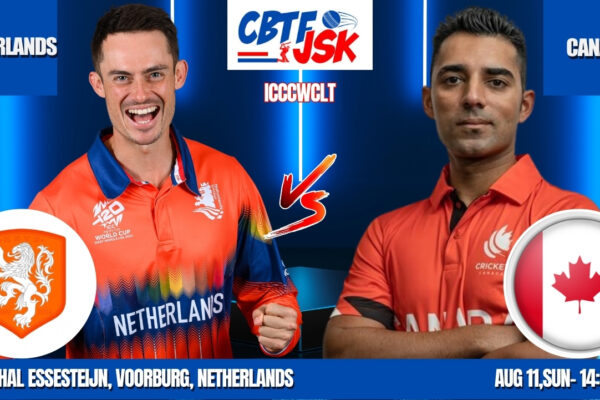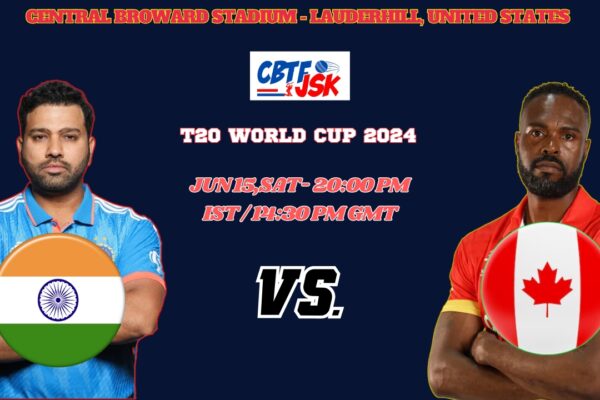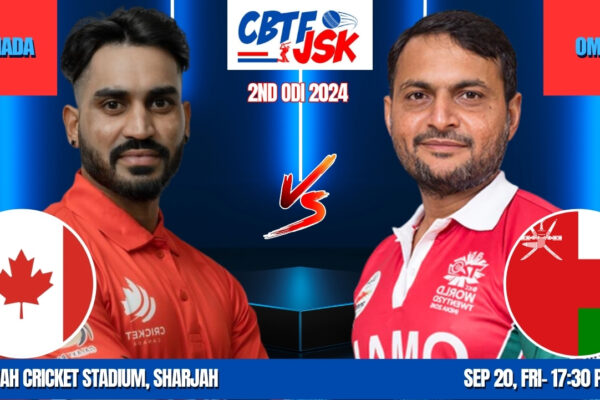
Canada vs Oman, ICCCWCLT, Today Match Prediction
𝐌𝐀𝐓𝐂𝐇 : Canada vs Oman𝐃𝐀𝐓𝐄 : Sep 20, Friday𝐓𝐈𝐌𝐄 : 17:30 PM IST𝐕𝐄𝐍𝐔𝐄 : Sharjah Cricket Stadium, Sharjah, United Arab Emirates𝐓𝐎𝐔𝐑𝐍𝐀𝐌𝐄𝐍𝐓 : ICCCWCLT 2024 Host Canada eye another strong show against Oman at King City Afghanistan vs South Africa TV channels: The fans can watch the match live on Hotstar Live Streaming: Live streaming of the match will be available on the FAFA191 Cricket Exchange India and website. CAN vs OMA Match Prediction & Analysis Host Canada will be looking to continue their excellent form when they take on Oman in the 30th match of the ICC Cricket World Cup League Two 2023-27 played at Maple Leaf North-West Ground, King City on Friday. With five wins and four losses, Canada are placed at the second position in the ongoing ICC Cricket World Cup League Two 2023-27. Captain Nicholas Kirton will be hoping that the side can deliver a clinical performance in this home fixture. TEAMS PREVIEW Canada Preview In the batting department, the side will be relying on the likes of captain Nicholas Kirton, Pargat Singh, Navneet Dhaliwal, Aaron Johnson and Harsh Thaker to deliver the bulk of the runs. In the previous match, skipper Nicholas Kirton played well for Canada and finished the innings with the top-score of 73 runs off 44 balls with the help of three fours and six sixes. Besides Kirton, opener Navneet Dhaliwal scored 48 runs off 90 balls, whereas Dillon Heyliger chipped in with 30 runs off 27 balls with the help of two fours and two sixes. Oman Preview In the batting department, the side will be relying on the likes of captain Aqib Ilyas, Zeeshan Maqsood, Khalid Kail, Kashyap Prajapati and Ayaan Khan to deliver the bulk of the runs. In the previous match, opener Jatinder Singh showed decent form with the bat for Oman and finished the innings with the top-score of 41 runs off 49 balls with the help of three fours and one six. He was well supported by Kashyap Prajapati, who scored Weather Conditions The Maple Leaf North-West Ground, King City is around 240 runs. Both the captains will be keen to win the toss, bat first on this surface. The weather forecast for the game is going to be partly cloudy skies. CAN vs OMA Pitch Report Maple Leaf North-West Ground, King City is going to host the 30th match of the ICC Cricket World Cup League Two 2023-27 played between Canada and Oman. Canada will take heart from the fact that they have won their previous match played at this venue.

